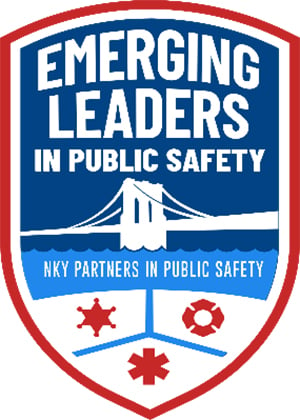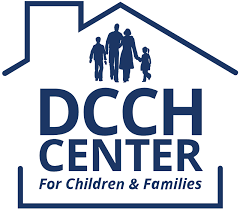By Mike Hammons
Special to NKyTribune
I participated in a planning retreat for Kentucky Promise Zone Early Childhood Team recently to bring an advocacy perspective to the table and to share Northern Kentucky’s success in working together across the region to help children achieve success in school.
It was good to learn about the challenges facing the south eastern part of the state and hear how they hope to work together to improve outcomes for children.
The Kentucky Promise Zone includes Bell, Clay, Harlan, Knox, Leslie, Letcher, Perry and Whitley Counties. The Obama administration created the Promise Zone Designation as part of their Neighborhood Revitalization Initiative to focus attention and leverage all available resources to improve conditions in designated places.
The Kentucky Promise Zone is the first rural Promise Zone in the country. The goals and purpose of the Promise Zone are aligned with SOAR, the economic and community improvement effort launched by Congressman Hal Rogers and former Governor Steve Beshear. The future vitality of the region depends on the wellbeing of its youngest citizens and their well-being depends upon solid educational attainment that starts at birth. The early childhood team was organized to convene and provide backbone support for community organizations that serve children and families as partners to address challenges that families encounter while raising healthy and emotionally secure children ready to learn when they enter school.
It is led by Dreama Gentry, J.D., executive director and Tennant Kirk, associate director for early childhood at Partners for Education at Berea College.
The early childhood team kick-off began with dinner at Boone Tavern on Thursday with Terry Tolan, Executive Director of the Governor’s Office of Early Childhood explaining what her agency is doing to improve kindergarten readiness across the state. The next day, the planning session began with a review of early childhood profiles for the Promise Zone Counties. (These profiles are available online for every county at http://kidsnow .ky.gov.) They include a comprehensive set of measures of child health, early care and education, kindergarten readiness and third grade assessments. The profiles show that only 43% of the children in the Promise Zone were assessed ready for kindergarten last year as compared to 50% of children in Kentucky. That percentage corresponds with the number of children in the Zone who did not attend any kind of preschool. Both of these numbers are improving slightly. Knowing that, participants agreed that they needed to develop a school readiness action plan that effectively engages families, schools and agencies in the Promise Zone with aligned strategies that will improve those outcomes.
Raj Chawla, an excellent facilitator from The OCL Group, then led the group in a discussion of how to move past that baseline statistic to the target outcome. He began by asking what causal factors have a positive influence on this situation and what brings it down. He helped the team explore why the causal factors exist. What’s the underlying reason for them to exist? What conditions contribute to them? Knowing the answers to these questions set the stage to consider strategies to impact the factors.
We then identified potential partners in business, education, health services, nonprofits, churches, donors and human services that could contribute to the strategies. Many of them were represented in the meeting, but many were not.
We spent a lot of time thinking about how to bring them together and build effective community collaboration. Theory of Aligned Contributions: An Emerging Theory of Change Primer by Jolie Bain Pillsbury, edited by Vicki Goddard-Truitt stresses the point that “population level changes are most likely to occur if a core group of multi-sector, cross-agency leaders not only respond to a call to action, bit also take aligned actions at scope and scale towards a result. Without alignment of actions the quest for change is just business as usual.”
Effective alignment of purpose and action is very difficult. That wasn’t lost on anyone in the room, but everyone committed to act to make it happen. The day culminated in the development of four specific strategies to drive the work on early childhood education in the Promise Zone:
reaching the underserved,
strengthening families,
diminishing substance abuse and
improving program quality.
The team will meet again in January to being working on execution of these strategies within the Promise Zone.
Mike Hammons is director of advocacy for Childrens Ink and former executive director of Forward Quest. As executive director of the Kentucky Philanthropy Initiative he led a year-long, statewide task force on Early Childhood Education.























